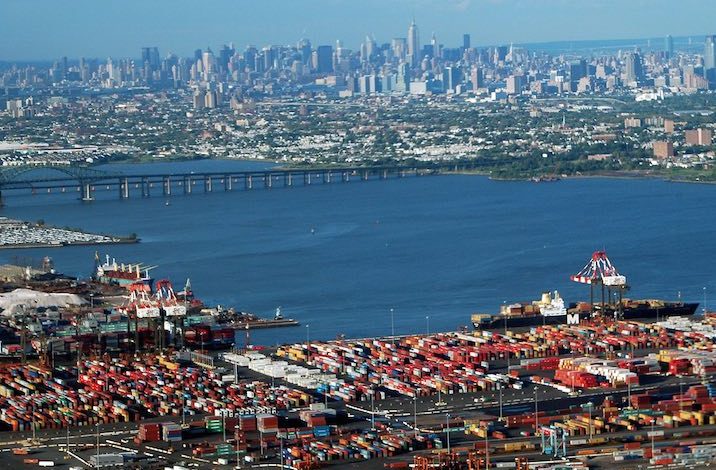International Transport Forum calls for greater, more harmonised use of port-based incentives

Port-based financial incentives to mitigate greenhouse gas (GHG) emissions currently remain marginal, however greater, more focused application of these green payments could help shipping decarbonise, a report issued by the International Transport Forum (ITF) of the Organisation for Economic Co-operation and Development (OECD) suggests today.
The news follows hot on the heels of the widely read ITF report issued last month that maintained deployment of all currently known technologies could make it possible to almost completely decarbonise maritime shipping by 2035.
Currently the most common financial incentive used by ports around the world is the environmentally differentiated port fee.
This is applied in approximately 28 of the 100 largest ports in terms of total cargo volume handled (in tonnes) and container volumes handled. In practice, this takes the form of a reduction of port fees for ships that are considered environmentally friendly, usually based on an index related to ship characteristics. Some US ports have introduced financial incentives for ships reducing speed when approaching the port. The Panama Canal Authority has a scheme that provides priority slot allocation to greener ships. Spain includes environmental incentives in the tender and license criteria for the towage services provided in ports. Shanghai has an emission-trading scheme in which ports and domestic shipping are included and in Norway an NOx tax is in place.
“Despite the prominent place of such incentive schemes, very little is known about their actual impact,” the ITF report stated, pointing out that public information on how many ships use these schemes is scarce and there is no port that has proven GHG emission reductions as a result of such policies.
The only scheme for which serious impact studies exist is the vessel speed reduction scheme in Los Angeles and Long Beach in the US.
ITF described the current impact of port-based incentives on global shipping emissions as “marginal”.
The number of ports deploying financial incentives is still fairly low and where they are applied only a handful of ships are benefitting from the schemes – often less than 5% of the ships calling the port. Moreover, the difference in fees for the dirtiest and cleanest ships is usually small, normally in the order of 5% to 20%. Currently only five ports use indices in which GHG emissions provide a substantial part of the index criteria.
“Any incentives shipowners may currently have to order more efficient ships with lower emissions can only to a very small extent be a result of savings from port-based incentives,” the ITF observed.
The report went on to urge for greater emphasis on monitoring, reporting and verification of the impacts of these measures.
“More could also be done to enshrine the ‘polluter pays’ principle. Higher rates of differentiation between vessels based on their environmental performance could drive more and faster change. It is possible within the policies to differentiate fees according to type of vessel enabling the economic activities that can afford to pay to take more of the responsibility for acting,” the report suggested.
The ITF believes that the role of ports and port-based incentives deserves acknowledgement in the IMO Initial GHG Strategy, due in 2018. Its inclusion could signify the first step towards expansion and a more mandatory character for port incentives.
The ITF has called for an expansion of port-based incentives for low-emission ships. Green port fees could be much more effective, it believes, if more ships and ports were covered by such schemes.
Much wider application of other port-based incentives, such as green berth-allocation policies, green procurement and carbon pricing schemes could substantially mitigate shipping’s GHG emissions.
None of the existing green port fees takes actual GHG emissions as a base for the fee reduction.
However, improved data collection at the ship level makes it increasingly possible to assign accurate estimates of GHG emissions to individual ships. This opens the possibility of financial incentives at the port level based on actual GHG emissions of the ship during its voyage, the ITF said.
Finally, the ITF called for higher rates of differentiation between vessels based on their environmental performance to drive more change and help the maritime sector to decarbonise faster, suggesting the creation of a harmonised index or score assigned to all ships could be effective. This proposed index would be used as the basis for differentiated fees in all ports and used by shippers to report on their carbon footprint.
The ITF is an intergovernmental organisation with 59 member countries. It acts as a think tank for transport policy. It is administratively integrated with the OECD.
